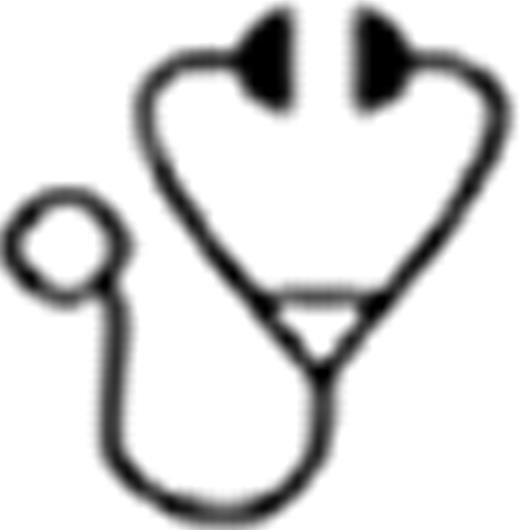Abstract
Abstract  409
409
Intensive combination chemotherapy of Ara-C and anthracyclines, together with optimal risk stratification, led to 70% probability of survival (pOS) in childhood acute myeloid leukemia (AML) nowadays. Therefore, one of the main subjects for AML chemotherapy in children is to reduce anthracyclines to avoid late cardiotoxicity which could occur in lower cumulative dose compared to adults. High-dose (HD) Ara-C has contributed to improved survival especially in core binding factor (CBF)-AML, and we hypothesized that the intensive use of HD Ara-C could compensate for reduction of anthracycline dose in children with CBF-AML.
JPLSG AML-05, registered at http://www.umin.ac.jp/ctr/ as UMIN000000511, is a nation-wide multi-institutional study and recruited 447 eligible children (age <18 years) with de novo AML from 11/1/2006 to 12/31/2010 (acute promyelocytic leukemia and Down syndrome patients excluded). Three patients including 2 children with t(8;21) who discontinued from the study during induction therapy are excluded from the efficacy analyses: one protocol violation, 1 changing to non-JPLSG member hospital at the patient's request, and 1 withdrawal of the JPLSG institutional membership. After 2 courses of common induction therapies, patients were stratified by the specific cytogenetic characters and morphological treatment response into 3 risk groups. Patients with CBF-AML, t(8;21) or inv(16), and good bone marrow response to the first induction course were stratified to the low risk (LR) group, and further received 3 courses of chemotherapy; 4/5 courses consisted of HD Ara-C, and the total cumulative dose of anthracyclines, Mitoxantrone and Idarubicin, was reduced from 300 to 225 mg/m2 compared to the LR chemotherapy in the previous AML99 study (Tsukimoto I. J Clin Oncol 2009;27:4007–13). Conversion rate of 5:1 was used to compare the cumulative dose of Daunorubicin and Mitoxantrone/Idarubicin.
Three-year probability of event-free survival (pEFS) and 3y-pOS of all 444 patients was 55.3% (95%CI, 50.2 – 60.1%) and 73.2% (68.3 – 77.5%), respectively. The median follow-up period for living patients was 3.06 years (range, 0.84 – 5.36 years).
One hundred fifty-five CBF-AML patients [34.9%; t(8;21), N=123 (27.7%); inv(16), N=32 (7.2%)] in the AML-05 and 89 patients [37.0%; t(8;21), N=77 (32.0%); inv(16), N=12 (5.0%)] in AML99 were compared. There were no differences in basic characteristics such as sex and age/WBC at diagnosis. CR rate was identical between the 2 cohorts (95.5% vs. 97.8%, p = 0.36). There was a tendency of lower 3y-pEFS in the AML-05 cohort [69.3% (95%CI, 60.8 – 76.3%) vs. 80.9% (71.1 – 87.7%), p = 0.078], however, 3y pOS did not differ [92.2% (85.8 – 95.8%) vs. 92.1% (84.2 – 96.2%), p= 0.94].
One hundred thirty-six CBF-AML patients were stratified to the LR group in AML-05; 8 patients were stratified to the HR group and allocated to allogeneic hematopoietic transplantation in 1CR because of poor treatment response (N=5) or FLT3-ITD positivity (N=3), and 11 patients were off protocol therapy before risk stratification because of various reasons. These 136 LR patients were compared with 83 CBF-AML patients in AML99 who fulfilled AML-05 LR criteria; 7/83 t(8;21) cases with WBC ≥ 50,000/μL in AML99 received intermediate risk (IR) chemotherapy with 375 mg/m2 of anthracyclines according to the protocol. The 3y-pEFS was significantly lower in the AML-05 cohort [69.6% (60.6 – 77.0%) vs. 83.1% (73.2 – 89.6%), p = 0.041], although the 3y-pOS was not different [92.6% (85.6 – 96.3%) vs. 94.0% (86.1 – 97.5%), p= 0.74].
The pEFS of children with CBF-AML treated with very low cumulative dose of anthracyclines were inferior to the historical control even treated with intensive use of HD Ara-C, therefore, caution is needed to reduce cumulative anthracycline doses to below 300mg/m2. However, the fact that nearly 70% of the CBF-AML patients are cured with lower dose of anthracyclines suggest the presence of underlying biological factors to be identified for future stratification of CBF-AML in children.
No relevant conflicts of interest to declare.
Author notes
Asterisk with author names denotes non-ASH members.

This icon denotes a clinically relevant abstract

This feature is available to Subscribers Only
Sign In or Create an Account Close Modal